The Coal Harbour Marina in Burrard Inlet is home to intact eelgrass beds, a natural spawning ground historically used by herring. The Squamish Streamkeepers, led by Doug Swanston, recently transplanted herring eggs from False Creek Fisherman’s Wharf in Vancouver to Coal Harbour Marina to revive herring populations.
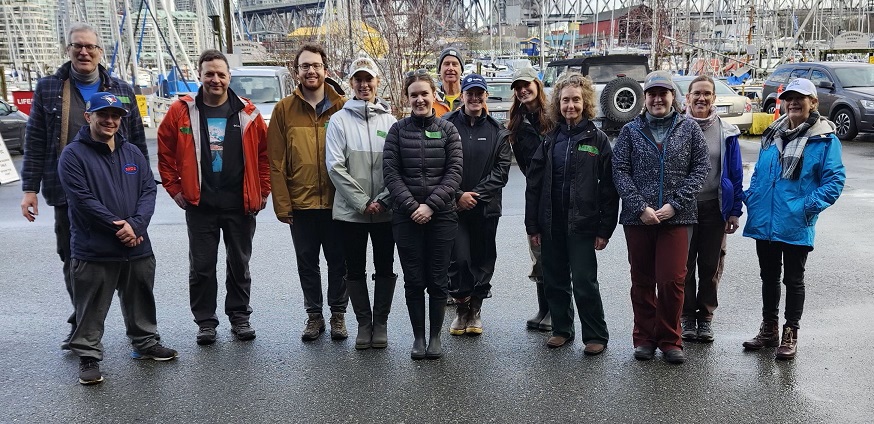
Protecting herring eggs from pollution in urban areas like marinas and wharfs is a key challenge for the Squamish Streamkeepers. Eggs laid on creosote pilings perish due to the toxic nature of creosote. Using Herring Net Panels and Enviroliner Piling Wrap has shown promise in restoring herring spawning habitat, like eelgrass beds, in urban zones.
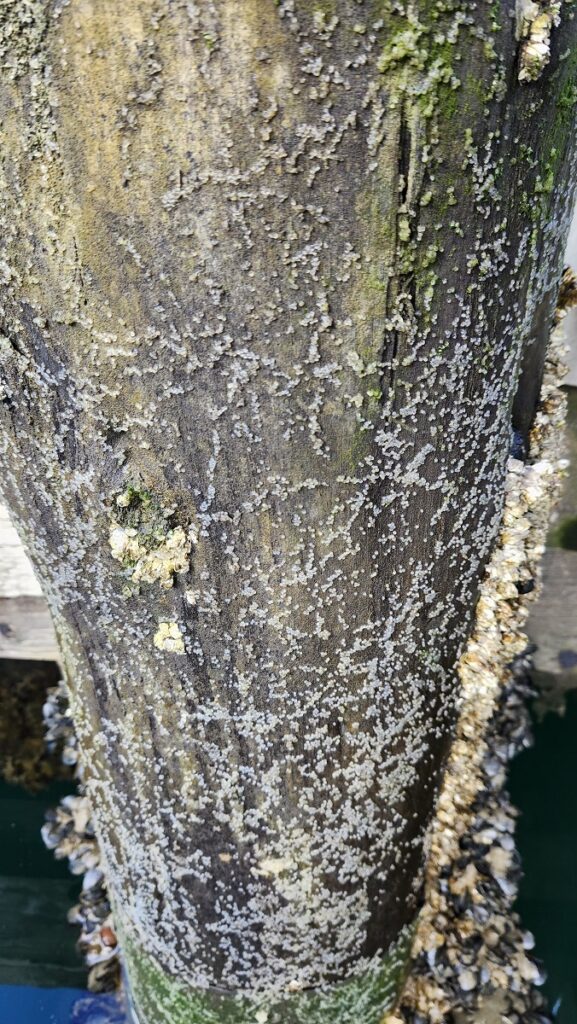
In Squamish, the team wrapped dock pilings to shield eggs from creosote, enhancing their survival rates. Despite this success, eggs laid on wrapped piles in False Creek remained exposed to hydrocarbons from stormwater and boat emissions. To combat this, they installed vertical panels hanging from docks to mimic kelp, ensuring eggs stayed submerged to avoid hydrocarbon exposure. This system initially improved egg survival rates.
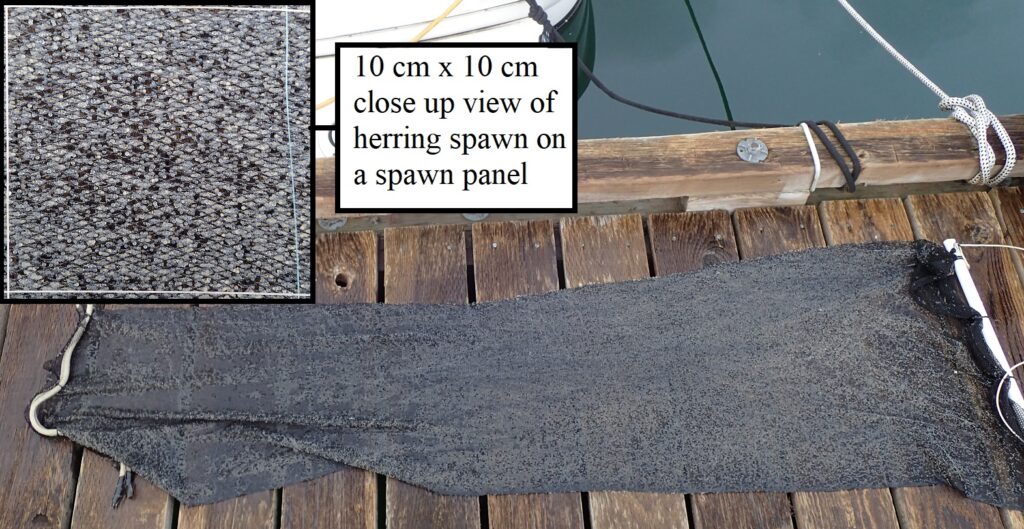
However, in 2024, a decline in herring spawn was noted despite the presence of panels. To investigate, small gill nets were used to sample the early-spawning population in January, revealing lower numbers of larger fish around 22cm compared to previous years. Further research in the Southern Strait of Georgia is crucial to understand the factors contributing to the decline and protect these vital forage fish in the future.
The Squamish Streamkeepers will continue monitoring and exploring herring conservation efforts. This project is conducted in collaboration with Tsleil-Waututh Nation, Seacology, and DFO, with support from Simon Fraser University and BCIT. Thanks to over 50 volunteers from Squamish and the Lower Mainland including members of the North Shore Streamkeepers and West Vancouver Streamkeeepers who volunteer to clean and monitor the spawn panels. Support from https://www.scienceworld.ca/futurescienceleaders/ program and https://www.seaspan.com/ for contributing netting materials for building panels. Metro Vancouver Liquid Waste Services and UBC ENVR-400 student project-based studies for assisting the assessment of water quality. Cooperation from Coal Harbour Marina and False Creek Harbour Authority at Fisherman’s Wharf.
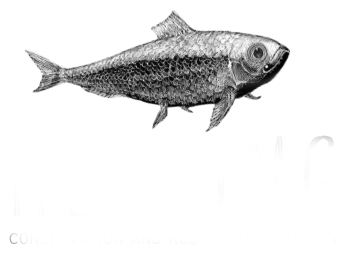


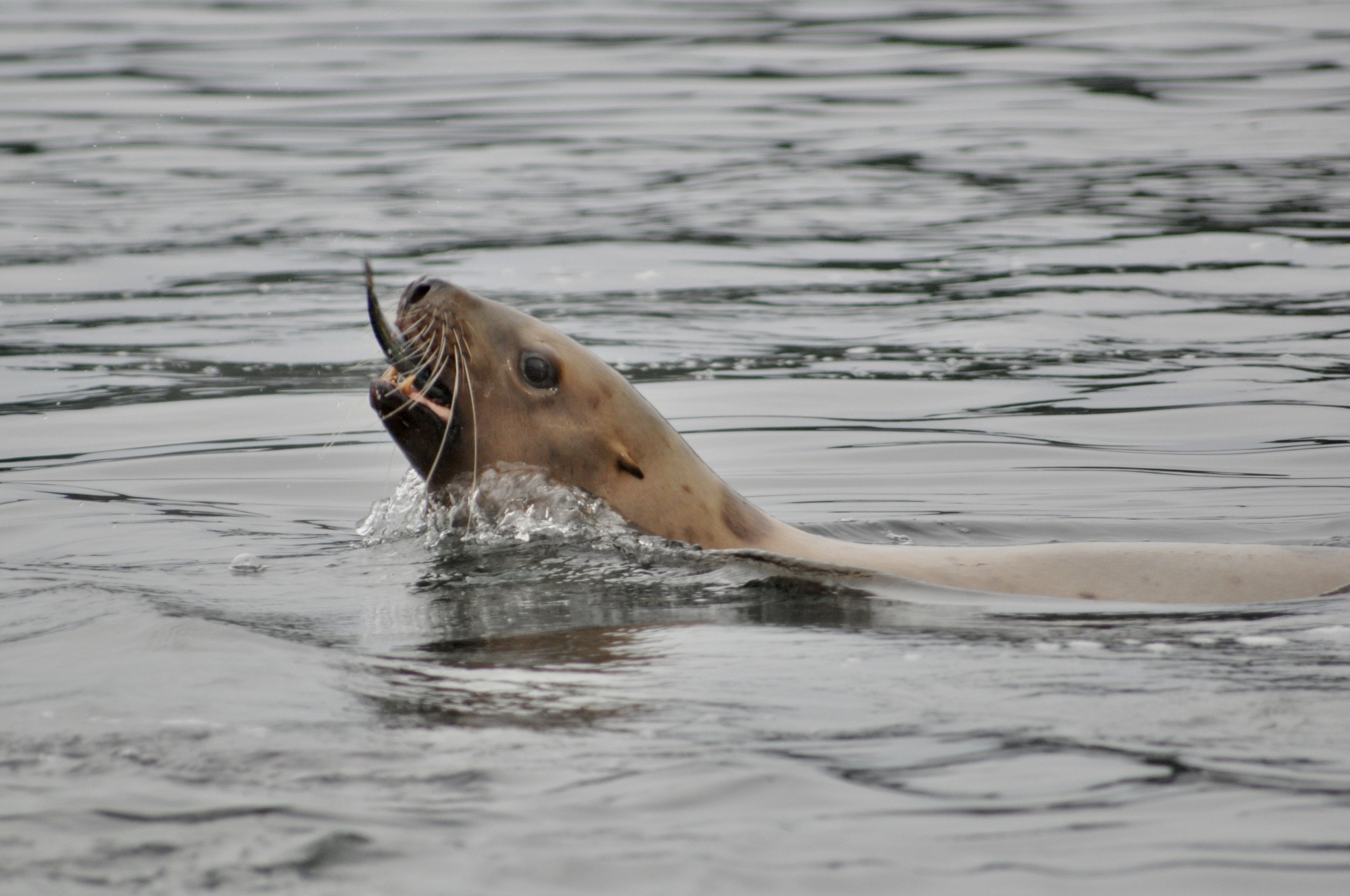


0 Comments